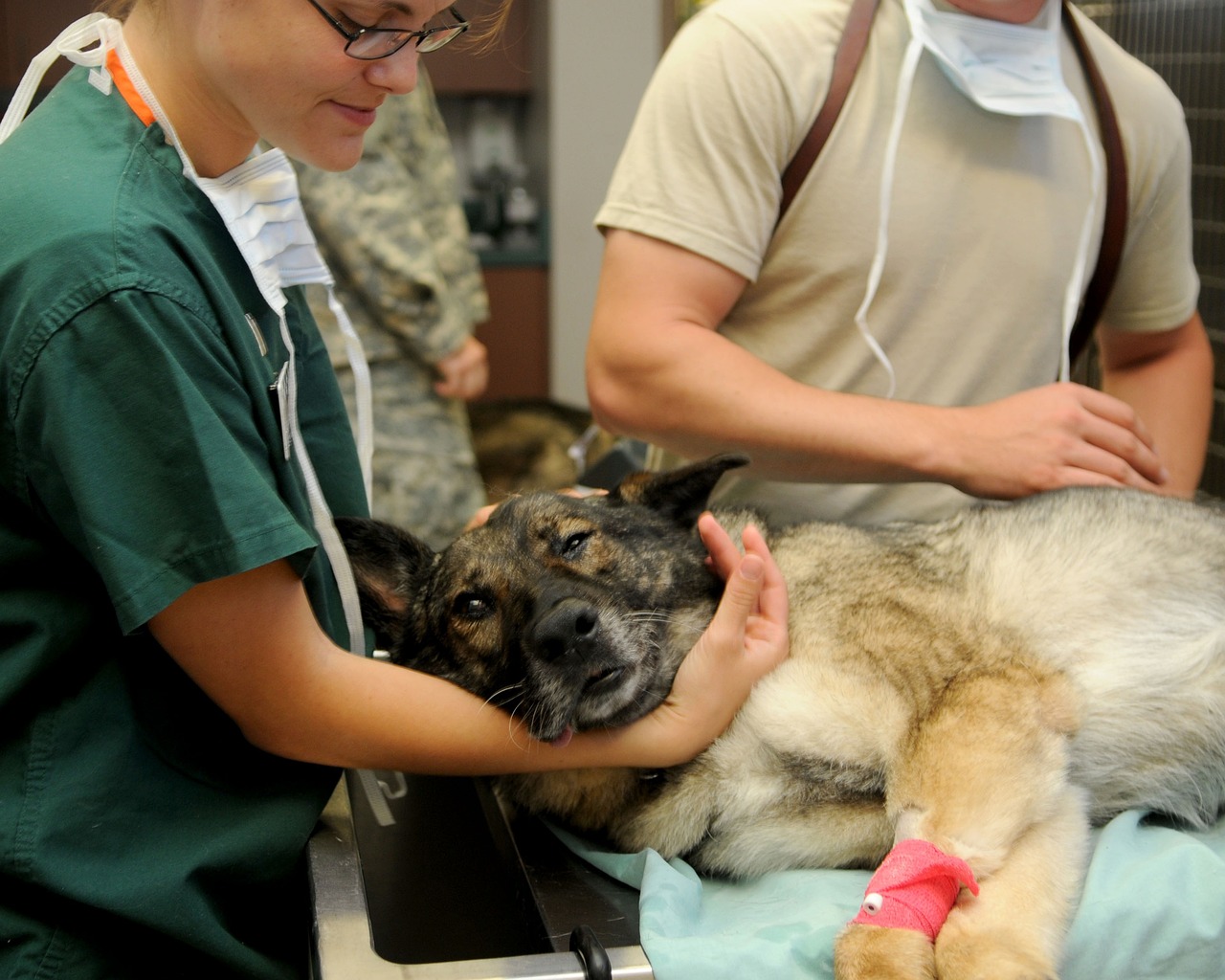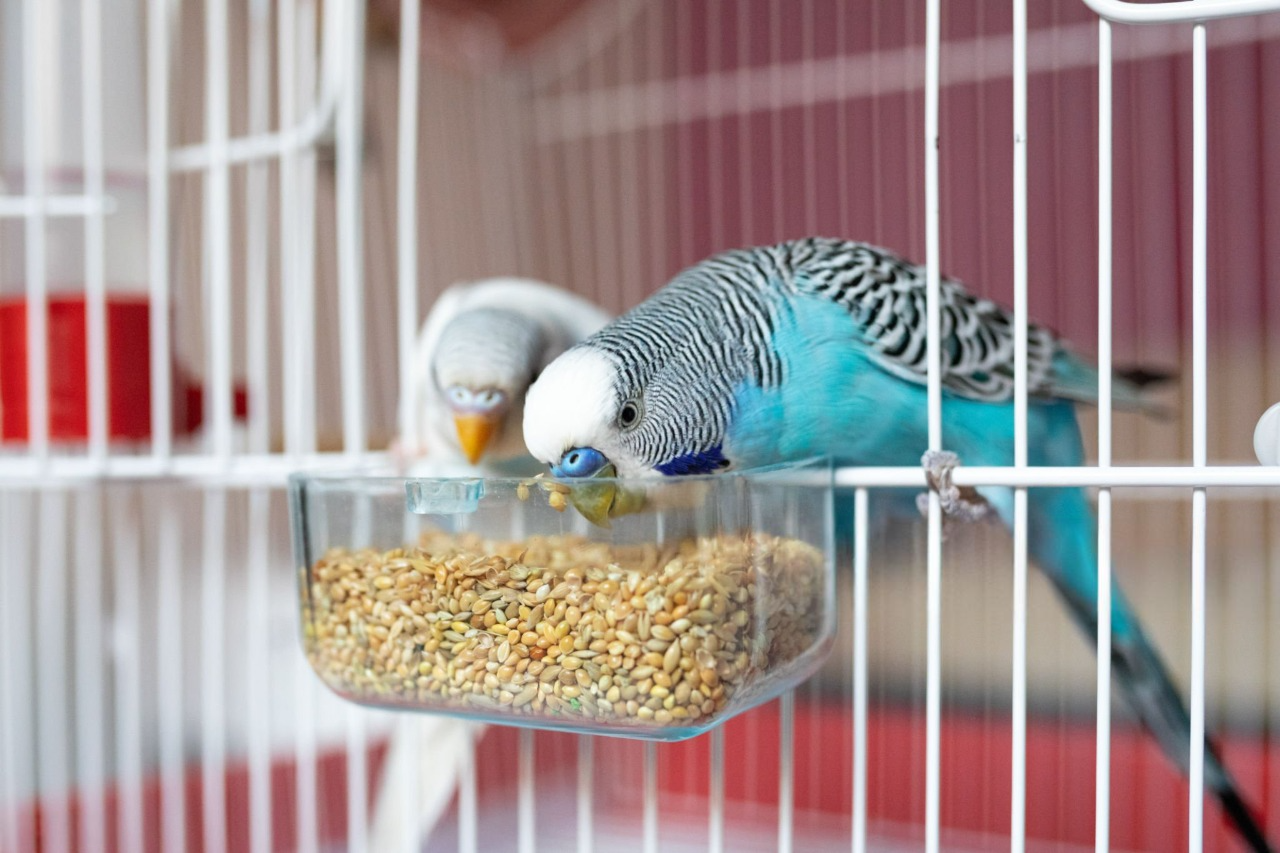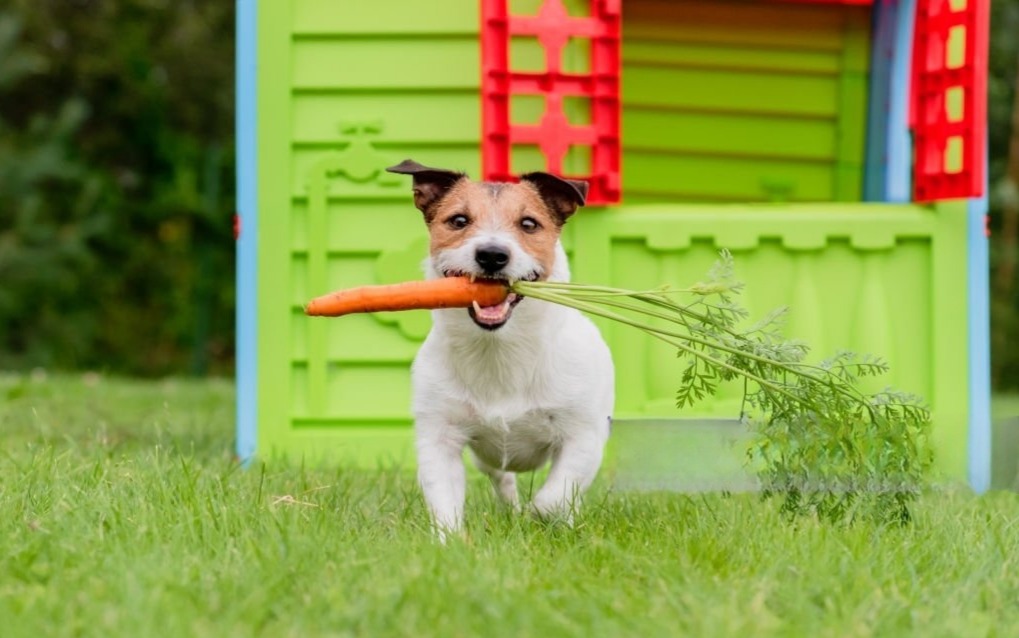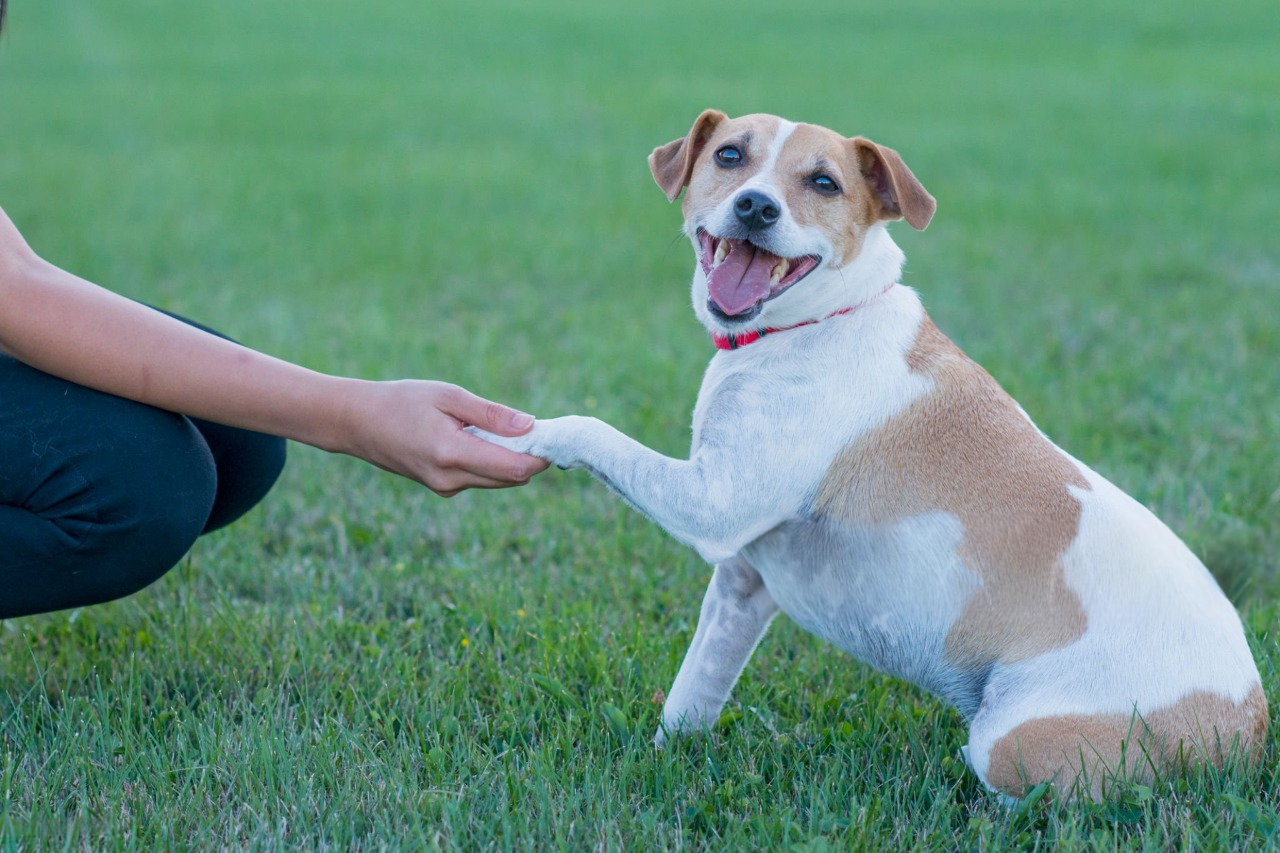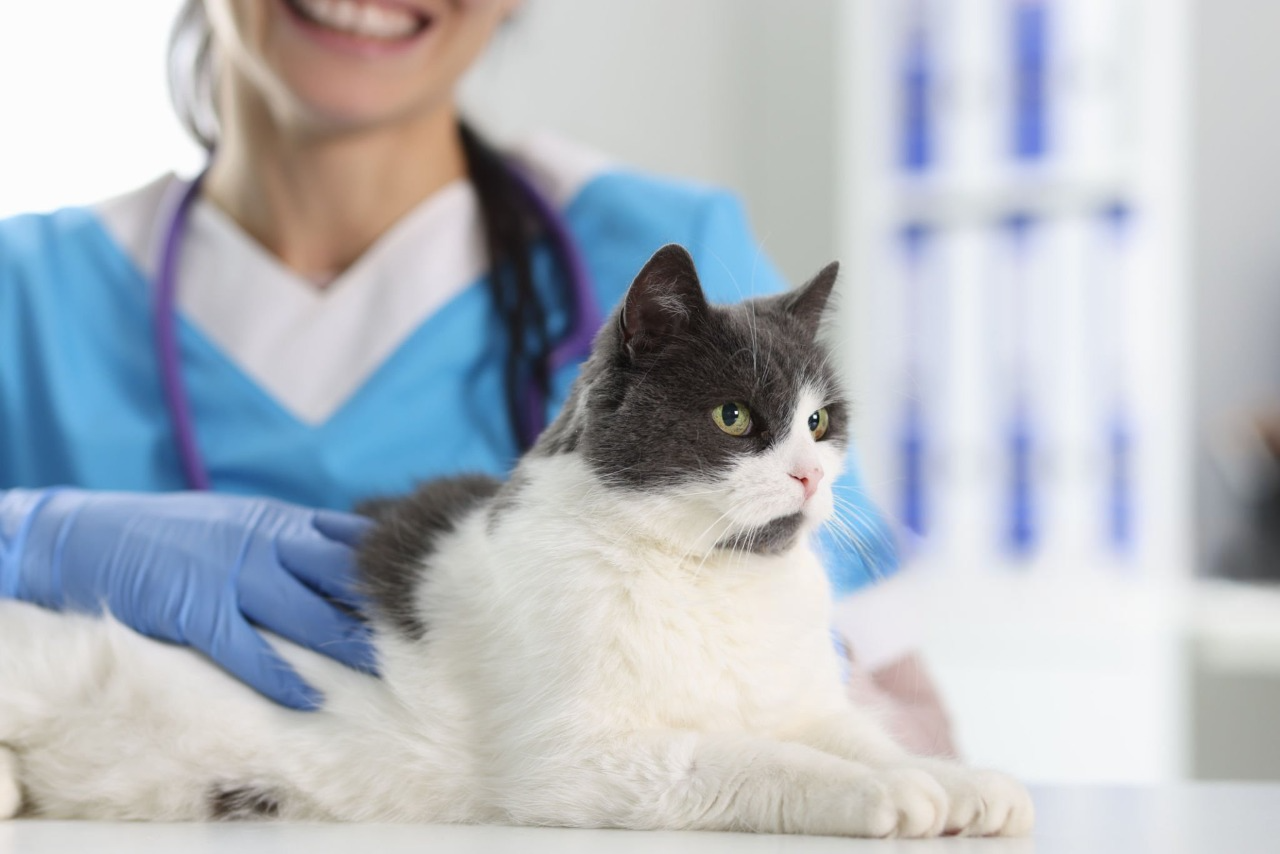Preparing for your pup’s first vet appointment can help make the experience go smoothly. By knowing what to expect, you can ensure both you and your dog are ready for the visit. With a little planning, your dog’s first vet check-up will be stress-free and positive.
Preparing for Your Dog’s First Vet Visit: A Complete Guide
Bringing your dog for their first vet appointment is an exciting and important milestone in their life. Whether you’ve just adopted a puppy or an adult dog, this initial visit will be crucial for ensuring they start their life on the right track towards health and happiness. This first appointment is a time for the vet to assess your dog’s overall health, prevent potential diseases, and set up a long-term plan for their care. Additionally, it’s an opportunity for you and your vet to build a positive relationship, which will help reduce stress for future visits. Here’s a comprehensive guide to help you prepare for your dog’s first check-up and ensure a positive experience for both you and your furry friend.
Table of Contents
ToggleWhy the First Vet Visit Matters
According to Dr. Allyson Jacobi, DVM, from the Animal Medical Clinic of Merle Hay, this first visit to the vet is more than just a routine check-up—it is the foundation for your dog’s ongoing care. “This visit establishes care with your veterinarian, which is essential for building a relationship and understanding your dog’s health baseline,” says Dr. Jacobi. By identifying any potential health issues early, your vet can prevent future problems and recommend the right treatments, keeping your dog happy and healthy for years to come. Moreover, starting this relationship early helps minimize stress for both you and your dog during future visits, as your dog will become familiar with the vet’s office environment.
What to Expect at the Vet
The first visit to the vet usually involves a thorough physical examination, vaccinations, and discussions about your dog’s health and medical history. Here’s a closer look at what to expect during the appointment:
Related Posts:
1. Filling Out Paperwork
Before you even step into the examination room, you’ll likely be asked to fill out some paperwork. This is a vital part of the process as it helps the vet understand your dog’s medical history. If you’ve adopted your dog from a shelter or breeder, make sure to bring any available health records. If not, be prepared to provide information such as:
- Any prior medical treatments or vaccinations
- Dietary habits and any known allergies
- Previous surgeries or medical conditions
- Behavioral observations or issues
Being thorough with this information helps the veterinary staff provide the best possible care for your dog.
2. Physical Examination
Once inside the examination room, your vet will begin with a comprehensive physical exam. This is a standard procedure where the vet will assess your dog’s overall health, examining their body from nose to tail. Here’s a breakdown of what the vet will likely check:
- Eyes: The vet will look for any signs of infection, irritation, or unusual conditions that could affect your dog’s vision.
- Ears: They’ll check for ear infections or parasites like mites, which are common in dogs.
- Teeth and Mouth: The vet will check for any dental issues, such as plaque build-up, and assess your dog’s oral health. If your dog is a puppy, the vet might also examine the transition between baby teeth and adult teeth.
- Neck: The vet will check for any abnormalities in the neck or throat area, including lymph nodes and thyroid health.
- Abdomen: The vet will palpate (feel) your dog’s abdomen to check for any unusual masses or tenderness that might suggest a problem.
- Genitals: They will assess for any anatomical issues or signs of infection, especially if your dog is intact (not neutered or spayed).
- Skin and Coat: Your vet will check your dog’s skin for any signs of allergies, parasites, or other conditions that could affect their coat’s health.
- Musculoskeletal System: The vet will assess your dog’s movement to check for any signs of pain or difficulty, which could indicate musculoskeletal or neurological issues.

3. Taking Vital Signs
During the physical exam, the vet will also measure your dog’s vital signs to ensure everything is functioning properly. This includes checking:
- Temperature: A high temperature can indicate an infection or other illness.
- Heart Rate: An irregular heart rate can be a sign of heart disease or other issues.
- Respiratory Rate: The vet will ensure your dog’s breathing is normal, as irregularities can point to respiratory problems.
4. Lab Tests and Diagnostics
Based on the findings during the exam, the vet may recommend certain lab tests. These tests are often used to identify hidden health issues that are not immediately obvious. Some common tests include:
- Fecal Examination: To check for intestinal parasites, which are common in puppies and adult dogs, especially those that have not been regularly dewormed.
- Blood Tests: These can check for underlying health issues, such as liver or kidney problems, infections, or heartworm disease.
- Heartworm and Tick-Borne Diseases: If your dog is in an area prone to heartworms or ticks, your vet may recommend testing for these conditions, even if your dog doesn’t show symptoms.
5. Vaccinations
One of the most important parts of your dog’s first visit will be vaccination. Vaccines are crucial for protecting your dog against certain diseases. Dr. Jacobi highlights the importance of the core vaccines, which all dogs need:
- Distemper, Adenovirus, Parvovirus, and Parainfluenza: Known collectively as the DAAP vaccine, this combination vaccine protects against several dangerous diseases. Puppies typically receive a series of vaccinations starting at 6 weeks of age, with boosters every few weeks until they are 16 weeks old.
- Rabies: This vaccine is required by law and protects against rabies, a deadly disease. It is usually given at 12-16 weeks and then boosted every 1-3 years depending on local laws and the vaccine used.
In addition to core vaccines, your dog may also require non-core vaccines depending on your geographic location and your dog’s lifestyle. These can include vaccines for diseases like:
- Leptospirosis: A bacterial infection spread through contaminated water, which may be necessary for dogs exposed to certain environments.
- Bordetella: This vaccine protects against kennel cough and is often required for dogs that will be boarding or going to dog parks.
- Lyme Disease: For dogs living in areas with ticks, this vaccine helps protect against Lyme disease.
How to Prepare for Your Dog’s First Vet Visit
A little preparation can make your dog’s first vet visit much easier for both you and your dog. Dr. Jacobi offers these tips for ensuring a smooth experience:
- Bring Medical Records: If you have any documentation about your dog’s health, bring it with you. This might include vaccination records, adoption papers, or information about any previous treatments.
- Bring Treats and Snacks: Visits to the vet can be stressful for dogs, so bringing along some of their favorite treats can help make the experience more enjoyable. Treats can also be used as positive reinforcement for good behavior during the visit.
- Proper Restraint: Make sure your dog is securely leashed and well-controlled. A proper-fitting collar and leash will help keep your dog safe, especially in a new and possibly stressful environment.
- Train Your Dog to Be Comfortable with Touching: Before the appointment, try to desensitize your dog to being touched on their ears, paws, mouth, and other areas. This can help reduce fear and make the vet’s exam smoother.
- Prepare for Possible Tests or Procedures: Your vet may recommend tests or treatments during the visit, such as bloodwork or a fecal exam. Make sure you’re mentally prepared for these and ask any questions if you’re unsure.
What to Ask Your Vet
Your dog’s first vet visit is a great opportunity to ask important questions and get a clearer picture of your dog’s health. Dr. Jacobi recommends asking your vet the following questions during the appointment:
- Is my dog’s vaccination series up to date?
- What health conditions are common in my dog’s breed, and how can I prevent them?
- What symptoms should I look out for regarding any potential health conditions?
- Are there any gaps in my dog’s healthcare that we need to address?
- Is my dog’s diet appropriate, or should I make any changes?
After the Visit: Keeping Your Dog Healthy
Once the visit is complete, it’s essential to keep up with your dog’s care. Regular vet visits, typically once or twice a year, will ensure that your dog remains in good health. These check-ups are an excellent time to ask questions about your dog’s diet, behavior, and any new health concerns that might arise.
By following the vet’s advice and keeping up with vaccinations, routine exams, and a healthy lifestyle, you can ensure that your dog stays happy, healthy, and active for years to come.
Final Thoughts
The first vet visit can be an overwhelming experience for both you and your dog. However, with a little preparation, the right mindset, and some tasty treats, this visit can set the stage for many successful and stress-free appointments in the future. With ongoing care, your dog will enjoy a lifetime of health and happiness, and you’ll build a strong bond with your veterinarian, ensuring your dog gets the best care possible throughout their life.

“A blog for pet lovers” is a dedicated space where animal enthusiasts can explore tips, stories, and expert advice on pet care, training, health, and more. Whether you’re a dog person, a cat lover, or someone who adores all animals, this blog offers a warm and engaging community for you to connect, learn, and celebrate the joy of having pets…

